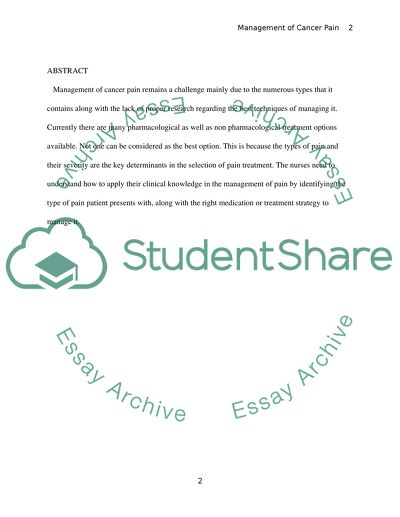Cite this document
(“Cancer Pain Literature review Example | Topics and Well Written Essays - 2000 words”, n.d.)
Retrieved from https://studentshare.org/gender-sexual-studies/1412875-cancer-pain
Retrieved from https://studentshare.org/gender-sexual-studies/1412875-cancer-pain
(Cancer Pain Literature Review Example | Topics and Well Written Essays - 2000 Words)
https://studentshare.org/gender-sexual-studies/1412875-cancer-pain.
https://studentshare.org/gender-sexual-studies/1412875-cancer-pain.
“Cancer Pain Literature Review Example | Topics and Well Written Essays - 2000 Words”, n.d. https://studentshare.org/gender-sexual-studies/1412875-cancer-pain.


